Benefits of using drones in photography and cinematography
Drones have quickly become a popular tool in the hands of photographers and cinematographers. Their ability to soar hundreds of feet in the air and fly autonomously makes them an excellent choice for professionals looking to capture unique aerial shots. In particular, these aerial vehicles are excellent for capturing shots of large groups or events, as well as to explore remote locations and hard-to-reach areas. Not only can you use drones to capture amazing aerial shots, you can also use them to capture video footage. With a drone, you can create cinematic shots that would be impossible with conventional helicopters or airplanes. In addition, drones are also excellent for creating 3D aerial footage. With a few simple accessories, you can transform your drone into a 3D aerial camera capable of creating realistic aerial shots that would be impossible with a regular camera.
Different types of drones
- Quadcopters: Also known as quads, these are some of the most popular drones on the market. They come in a range of different shapes, sizes, and colours, and can be used for a wide range of different purposes. Quadcopters are particularly useful for aerial photography and videography due to their mobility.
- Hexacopters: As the name suggests, hexacopters feature six rotors. They’re commonly used for aerial cinematography, and because of their six-rotor design, they offer excellent stability for 3D filming.
- Octocopters: Similar to hexacopters, octocopters feature eight rotors. Like hexacopters, octocopters are also commonly used for aerial cinematography. However, these drones are particularly useful for creating hyperlapse videos, a video format that creates motion time lapses.
- Helicopters: Helicopters are perhaps one of the most commonly used drones for photography and videography. Their ability to hover in one spot and fly autonomously make them an excellent choice for capturing shots of large groups or events.
- Autonomous drones: Perhaps one of the most interesting types of drones on the market, autonomous drones offer a number of unique benefits for photographers and cinematographers. For example, autonomous drones can be programmed to follow a specific path. With this functionality, you can create highly precise shots that would otherwise be impossible with a conventional drone. Another great benefit of autonomous drones is their ability to fly autonomously. With this functionality, you don’t need to control your drone from the ground, which significantly reduces the risk of crashing (especially when flying in remote or dangerous locations).
- Other types of drones: The types of drones that we’ve discussed so far are just a small sampling of the many varieties of unmanned aerial vehicles available on the market. If you’re looking for something a little more specialized, you can also find drones designed for photography, security, agriculture, and more.
How to choose the right drone for photography and cinematography
Before diving into the nitty-gritty of how to choose the right drone for photography and cinematography, it’s important to take a step back and think about why you’re using a drone in the first place. After all, you can’t use drones for everything, and you’ll want to focus on the types of aerial shots you want to achieve. When it comes to choosing the right drone for photography and cinematography, there are a few key factors you’ll want to keep an eye on. These factors include the cost of the drone, the size of your budget, and the size of your event. When it comes to the cost of the drone, you’ll want to make sure you’re not spending more than you need to. After all, it’s important that your drone isn’t overkill. Similarly, you’ll also want to keep an eye on the size of your budget. This is because the larger your budget, the more options you’ll have when it comes to choosing the right drone for photography and cinematography. While there are many excellent drones on the market, some are better suited for large events, while others are better suited for small events.
Different drone camera options
When it comes to choosing the right drone for photography and cinematography, it’s also important to keep an eye on the camera options you have. After all, the better the camera, the better your aerial shots will be. And, as with many things, the better the camera, the more expensive the drone is going to be. When it comes to the camera options you have on your drone, there are a few key things to keep an eye on. For example, you’ll want to make sure your camera has a sufficient amount of battery life. That’s because the longer your battery lasts, the longer you’ll be able to fly your drone. In addition, you’ll also want to make sure your camera has a sufficient amount of range. This is because the longer your range, the longer you’ll be able to fly your drone. And, lastly, you’ll also want to make sure your camera has a sufficient amount of image quality. After all, the better the image quality, the better your aerial shots will be.
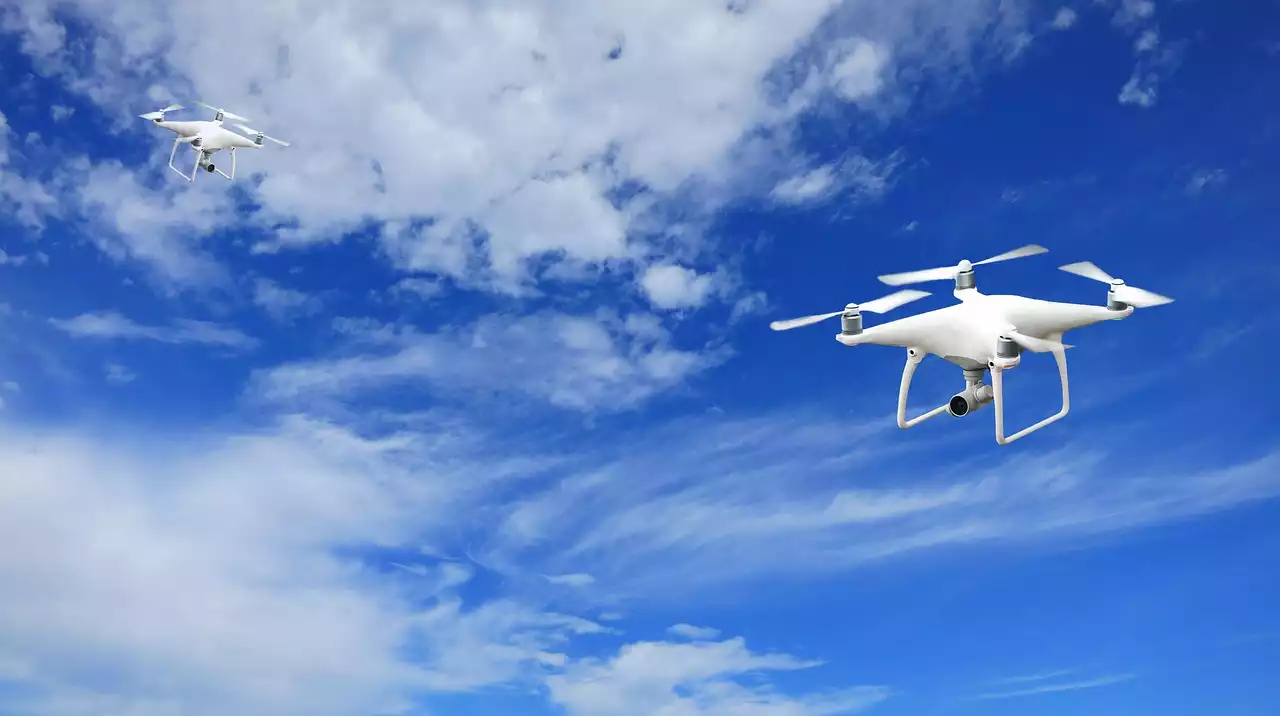
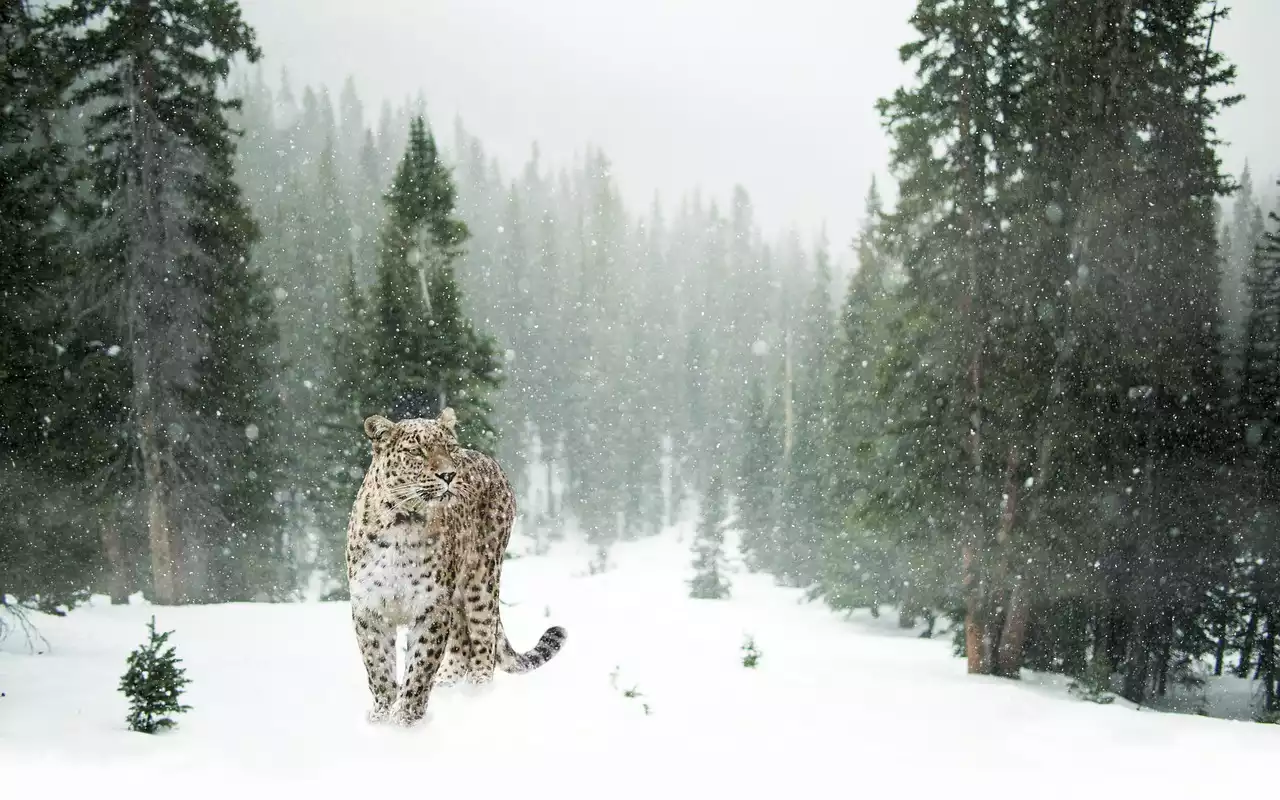
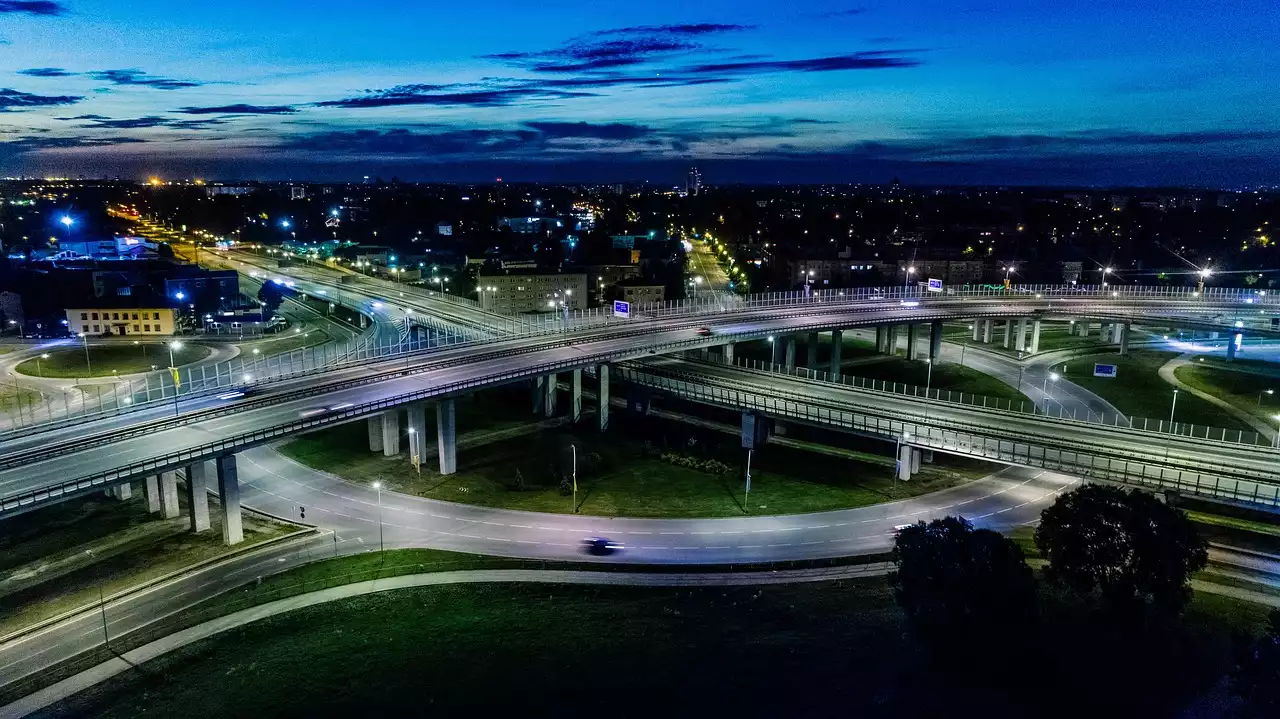
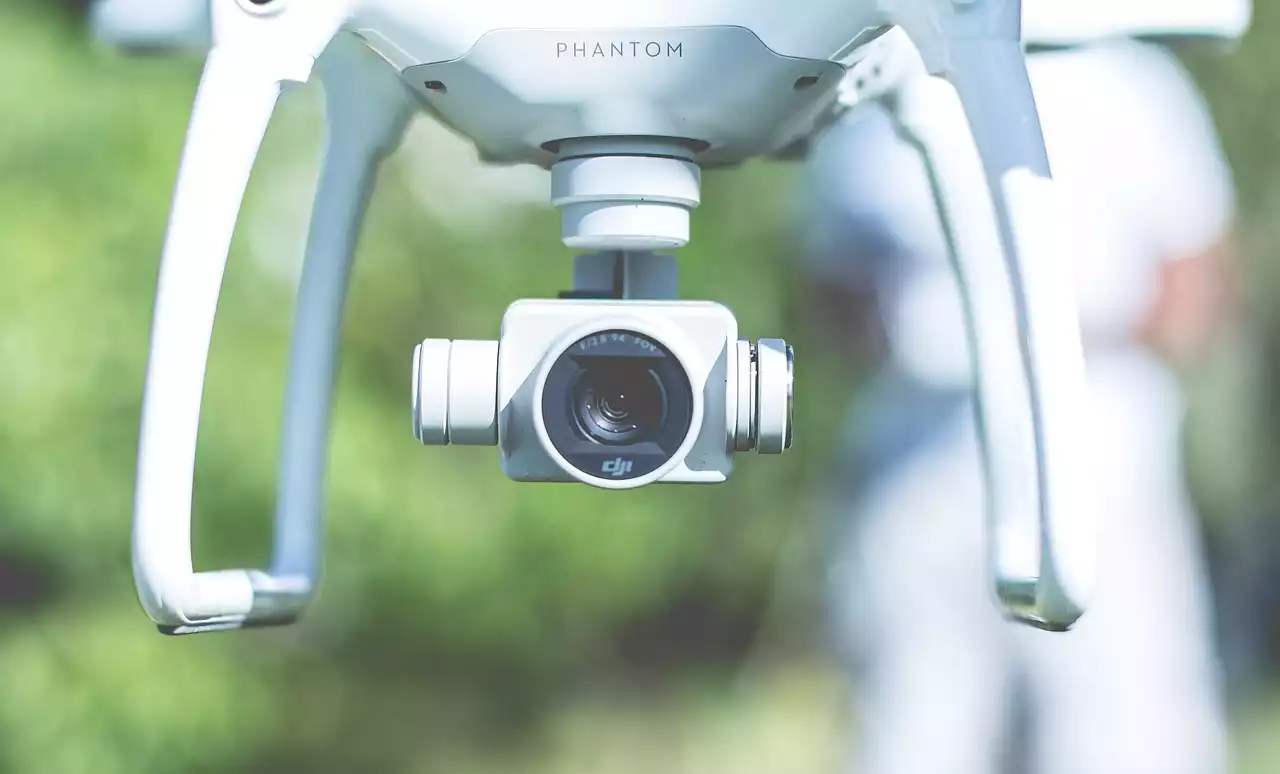
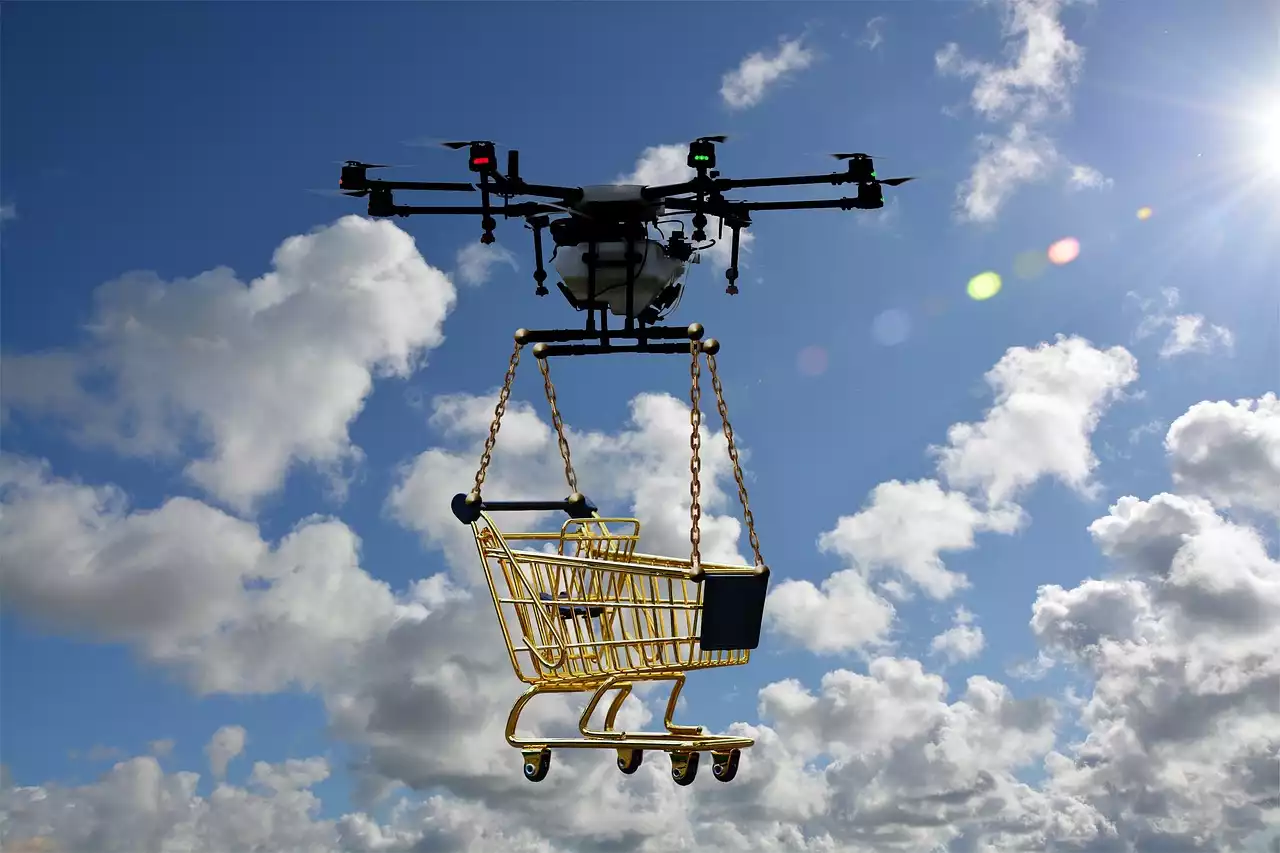




.png?size=50)